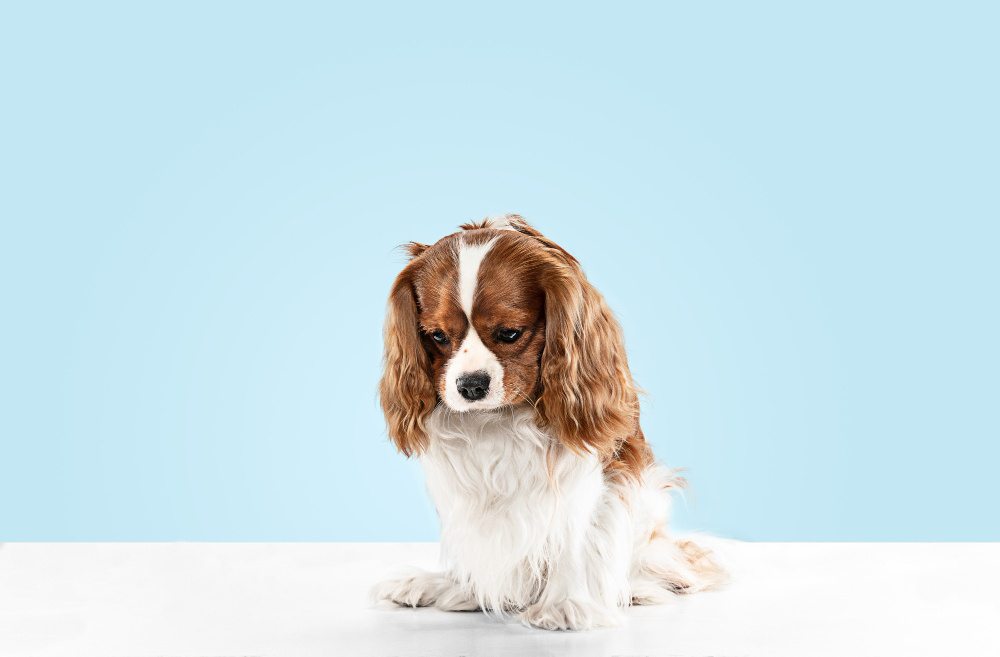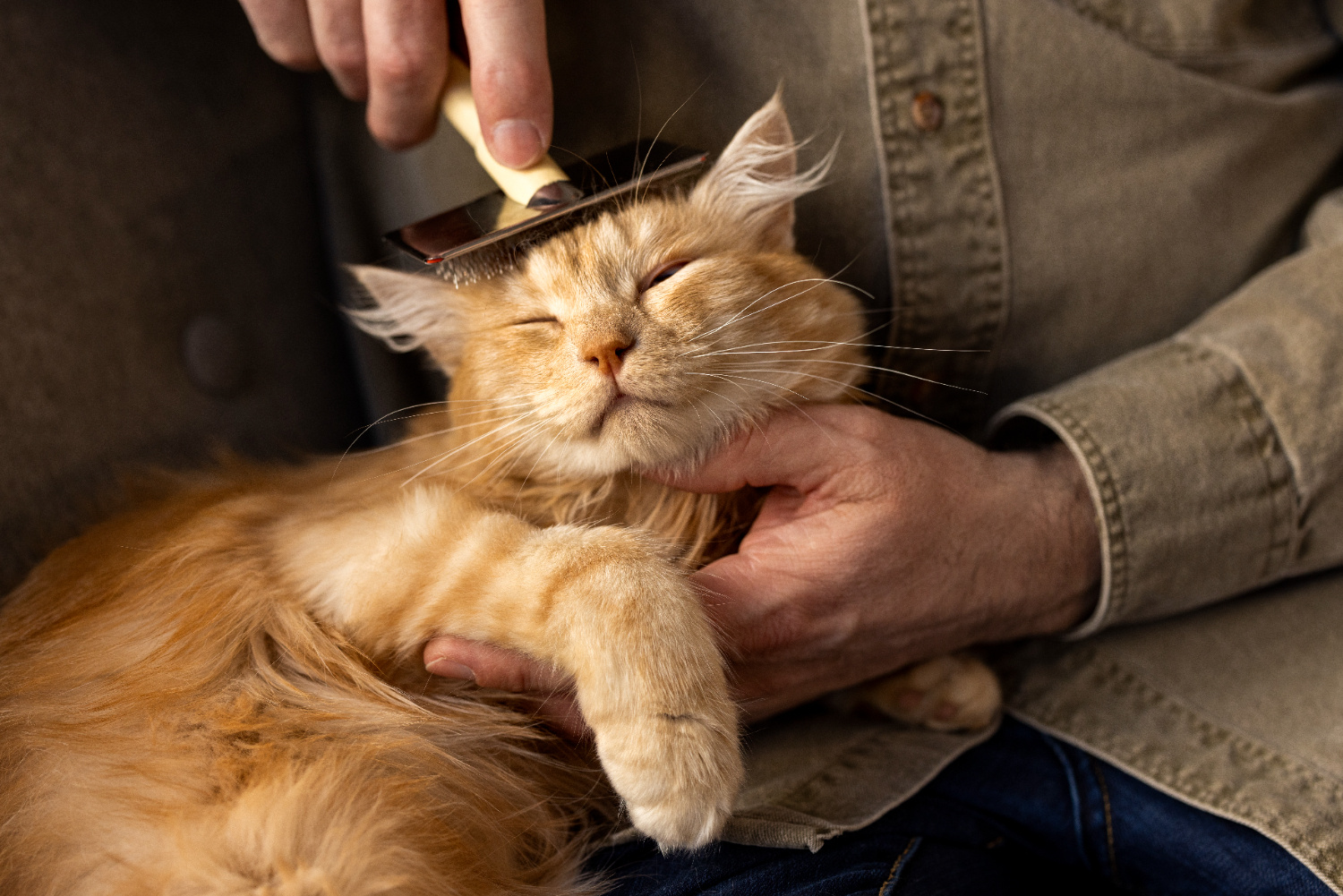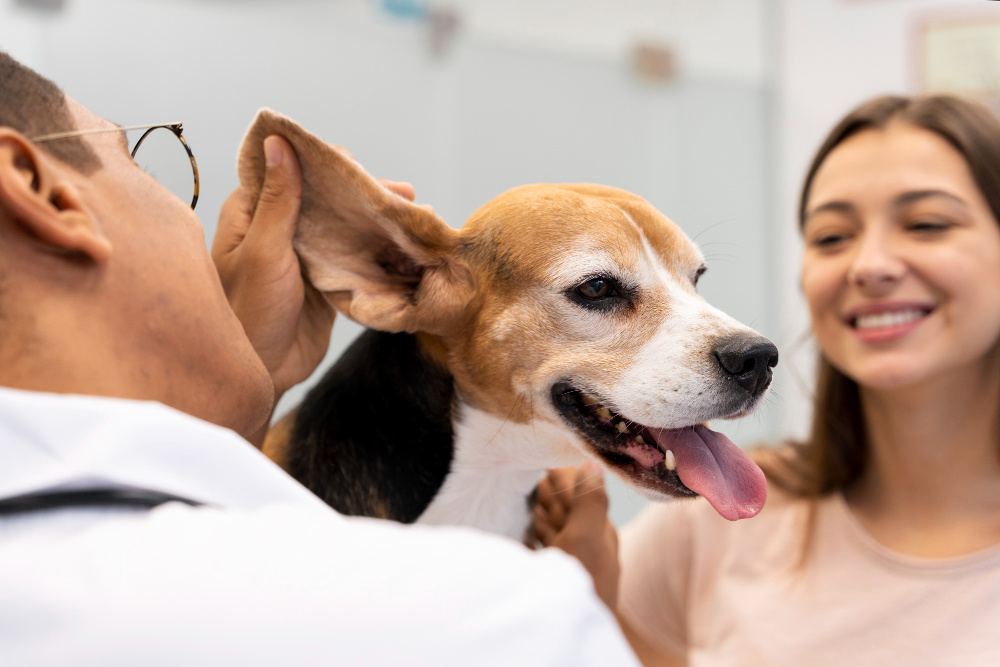When to See a Vet for Rashes After Grooming Your Dog
Bathing and brushing are key components of your dog’s health, but even so, your dog may have skin issues such as rashes after grooming. Mild skin reactions are usual and could clear up in several days; other rashes should be discussed with the vet. As with many other things, timing determines whether your dog should wear glasses or see a vet.
Below are some known reasons: Some individuals get rashes when grooming their bodies, as discussed below.
- Allergic Reactions: Scent-altering products like shampoos, conditioners, or sprays can have something the dog is also sensitive to. These are some of the additives that most processing companies put in the foods: scents, shelf-life enhancers, and chemicals.
- Clipper Burn: If a pet often uses grooming tools that contact the skin, it may develop rashes around the belly, groin, or underarms.
- Contact Dermatitis: If grooming towels or collars are used frequently around the dog, the skin in that locale is bound to develop an infection or rashes.
- Pre-existing Skin Conditions: Regular washing can sometimes aggravate skin diseases like eczema, hot spots, or fungal dermatitis.
What to Look For After They Groom the Hairs
Mild rashes may resolve quickly, but you should monitor your dog closely for the following signs that indicate a more serious problem:
- Persistent Redness: Several skin products should be introduced if the skin is still red or swollen after a day or 24 hours.
- Excessive Scratching or Licking: If the skin continues to be irritated through further scratching or licking, then this may result in worsening of the situation, resulting in inflammation as well as bacteria or even yeast – infections.
- Swelling: Other common symptoms such as pain, heat, redness in the affected area and swelling around the rash may be due to an allergic reaction or infection.
- Pus or Discharge: The primary suspicion arises when blisters start to weep or crust over; this indicates infection and requires medical attention.
- Pain or Sensitivity: If your dog visibly wincing in pain, vocalizing like whimpering or yelping or hesitating about being touched in the rash area – this indicates that the rash is painful for the dog.
- Spreading Rash: Lesions that spread to other parts of the body should be treated as soon as possible.
When to See a Vet
You should contact your vet if:
- This rash fails to show any sign of healing for 48 hours.
- Your dog shows symptoms of systemic disease; for example, it is listless, has a fever, or might not eat.
- The rash exists in connection with hives, facial swelling, or difficulty in breathing; it denotes a serious case of allergy.
- The healed skin becomes infected as there is pus, foul smell, or the formation of scabs.
- Your dog seems to be uncomfortable or painful in some form.
First Step to Follow as Soon as You Get Home
While waiting for veterinary care or if the rash appears mild, you can take the following steps to provide relief:
- Clean the Area: Scrubbing is forbidden. To wash the rash area, use only warm or lukewarm water or the solution the veterinarian advises.
- Avoid Irritants: She stresses that you should consult your veterinarian before applying creams, shampoos, conditioners, or any other ointments to your dog.
- Use an E-Collar: Restrain your dog to prevent it from worsening the rash or further scratching or licking the affected areas.
Prevention Tips for Future Grooming Sessions
Here are some tips to help avoid situations in the future where, quite possibly, even more dreadful grooming sessions might come to happen:
- Choose Hypoallergenic Products: If your head's skin is sensitive, use gentle shampoos and conditioners.
- Communicate with Your Groomer: Go through the groomer about any past skin reaction that may be on the dog, for example, an allergic reaction.
- Inspect the Grooming Area: There is cleaning and proper maintenance of the tools and surroundings.
- Regular Skin Checks: If you see your dog with fleas before grooming, you should check the skin before and after grooming to see if there are any side effects.
Final Thoughts
However, rashes after grooming are not very rare and always respond well to correct care and treatment. However, if your dog continues to experience symptoms or becomes severe, it’s crucial to take it to a veterinarian. Take precautions and be alert; your pet will not need to suffer from rashes while grooming.



